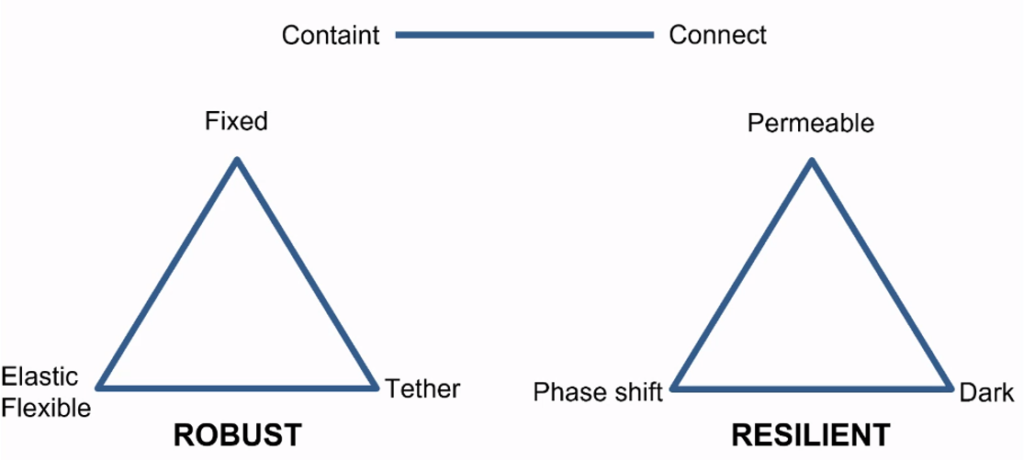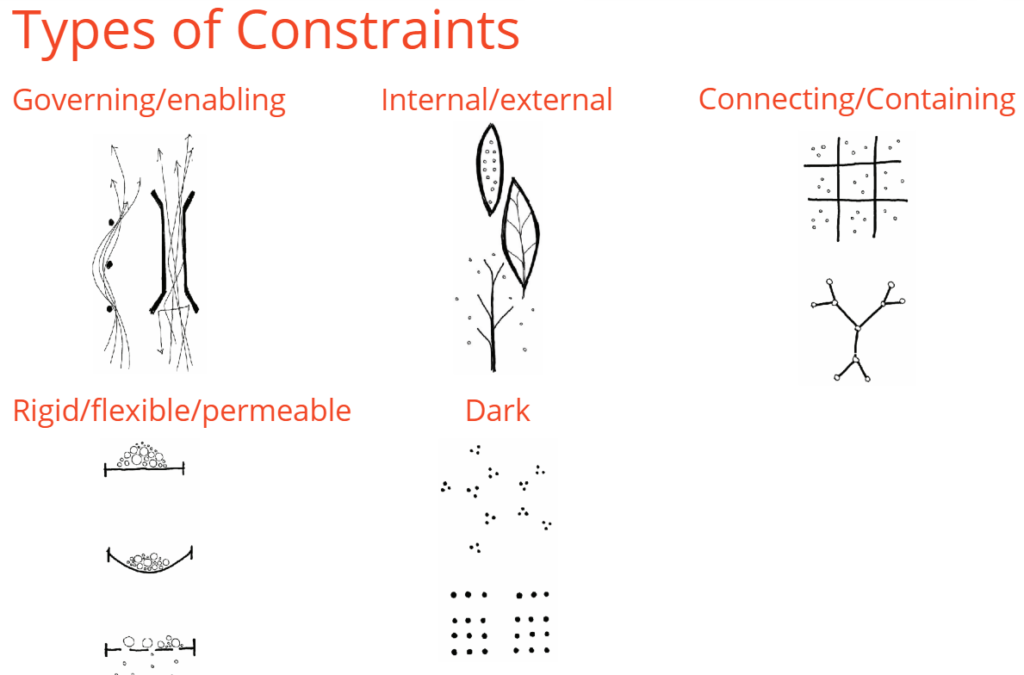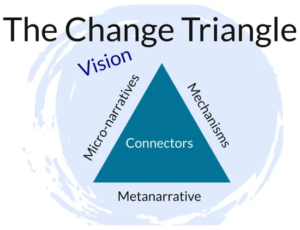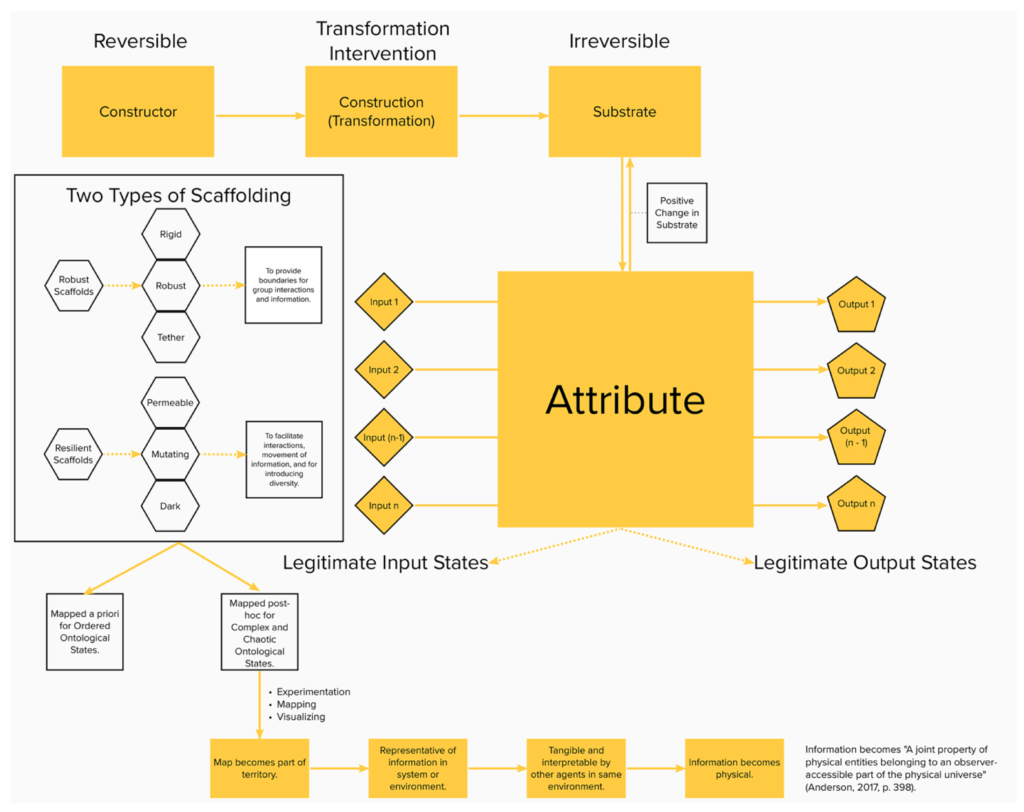Background
Estuarine Mapping was created by 2017, and the first publication done by Dave Snowden about it is from October 7th 2022. At the moment of the publication of this post, we all are learning about the basis and how to use it.
There are two basic concepts that the reader should consider:
- Estuarine Framework: it’s the y and x axis diagram where energy and time are represented.
- Estuarine Mapping: it’s the framework where the process of mapping is explained to enable the mappers to get better understanding about how the reality works in a given context.
Steps to work on Estuarine Mapping
This link is interesting to follow-up all the publications around Estuarine mapping.
Step 1: All start with the identification of good and bad things around the context we are exploring.
Step 2: Then the identification of constraints and constructors.
- A constraint is any factor that limits or restricts the range of possible actions or outcomes in a particular situation (physical, financial, organizational, regulatory, or cultural factors).
- A constructor is a tool or technique that can help individuals or groups to understand which type of system they are dealing with and what approach is most appropriate (i.e.: “cause-and-effect” diagram). Constructors are not prescriptive or deterministic in nature. Rather, they help to create a shared understanding of a situation and provide a starting point for developing strategies and making decisions.
Using a template as the one below (to avoid classification and promote taxonomy identification). Use during the workshop, preferably using sense making.
You identify if it’s a constraint or a constructor, and the inner characteristics of them. All relevant information should be documented for future reviews.

You can also use this table of types of constraints for guidance (note: this list will change in the future as they are working on defining it better).

Actors components on a Estuarine map: is it a constrain or a constructor?
- Constraints, the 2 basic ones are:
- Governing constraints: they contain things.
- Enabling constraints: they connect things.
- Constructors: transform things (it’s a type of constraint). Constructors transform:
- By passage: by a ritual or a process.
- By presence: some constructors transform a space just by their presence.
- By contagion: by wanting to avoid it or actually wanting to be infected by it.
Step 3: represent the identified components on a energy/time axis.
Note: time axis should be considered not linear but logarithmic, it grows exponentially: hours, days, months, years.

Step 4: Define the ones that are high impact (red), define the borders you consider that can delimit the area where you can work (avoid too volatile and counter-factual areas).
Define monitors and scouts.

Step 5: implement multiple actions mainly on high impact components and follow them up through monitoring.
Clarifications about some of the concepts
Scouts
Forward scout is a military term and its a way of finding out where the enemy is located. Send out lots of patrols see who doesn’t come back. So its an active form of weak signal detection.
Article about Constructor Theory
Constructor theory defines a CONSTRUCTOR as “anything that can cause transformations in physical systems without undergoing any net change in its ability to do so”.
The focal point of constructor theory is the construction (transformation) itself rather than the constructor or substrate. This is an essential concept because it focuses on potential constructions rather than the exact mechanisms that potentially cause transformations.

While there are a variety of constructors (e.g., teamwork skill training, team coaching, practice) that could result in constructing (transforming) the substrate (team), the number of possible constructors is endless because teams vary in size, type, composition, and context. However, what is necessary is to focus on transforming organizational teams so that they are more effective in their interpersonal processes and taskwork activities.
Constructor theory also considers the constructor (input) and the substrate (output). These are recognized as a pair and termed a construction task.
A framework provides a permanent structure or form, a scaffolding provides a temporal structure.

Updates from October 2023
This example map was published in Cynefin Wiki in October/23 created by Dave Snowden for the first St David’s Day post in 2023:

